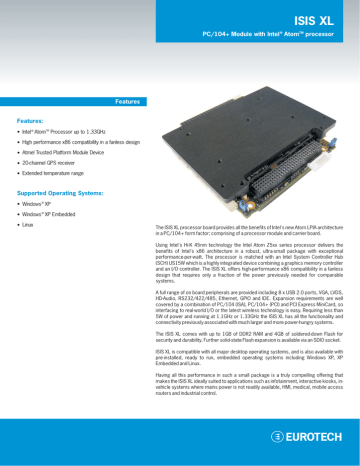
proteus up to 1% of pitching yeast is capable of producing only 14–18 μg of DMS/l, which is lower than the threshold value of 30 μg of DMS/l. Production of DMS imparts an undesirable parsnip flavour to the contaminated beer ( Case, 1965 Priest & Hough, 1974). Obesumbacterium proteus in the initial stages of fermentation competes with yeast for nutrients, resulting a slower rate of fermentation and production of volatile components such as dimethyl sulfoxide (DMSO), acetoin, lactic acid, propanol, isobutanol and 2,3-butandiaol. Obesumbacterium proteus is found in pitching yeast and fermenting wort, as it cannot survive below pH 3.9, it has not been reported in beer. proteus biogroup-2 to a newly proposed genus Shimwellia and the species as Shimwellia pseudoproteus. The strains from biogroup-2 are more common dwellers of brewery environments and have not been reported from any other source ( Priest & Barker, 2010). Obesumbacterium proteus biogroup-1 are supposed to be more closely related to Hafnia alvei, a common pathogen, and are postulated to be the metabolically inactive strain that is adapted to brewery environments ( Priest et al., 1973 Farmer, 1984). This reclassification was later supported by data obtained from enteric repetitive intergenic consensus sequences (ERIC PCR) studies ( Priest, Hammond, & Stewart, 1994). proteus were revealed, and it was further distinguished as biogroup-1 and biogroup-2 based on phenotypic and genetic characterisation. In the same study, heterogeneous properties of O. As a result of detailed taxonomic studies conducted by Priest, Somerville, Cole, and Hough (1973), the genus Obesumbacterium was assigned to the family Enterobacteriaceae. proteus as a sole type strain within the genus ( Shimwell, 1963, 1964).

Later this bacterium was assigned to the genus Obesumbacterium and O. This Gram-negative bacterium was isolated in pure culture from top fermenting yeast and was classified as Flavobacterium proteus ( Shimwell, 1936). The genus Obesumbacterium contains only one species, O.


The bacterium can reduce nitrate to nitrite in fermenting wort ( Priest & Barker, 2010). Obesumbacterium proteus shows a negative reaction to the oxidase test and a delayed and weak positive reaction to the catalase test. This bacterium fits the general description of the family Enterobacteriaceae ( Priest & Barker, 2010). This bacterium is typically Gram-negative aerobic or facultatively anaerobic and a short rod, but it has been reported to show pleomorphic rod morphology in the presence of yeast in fermenting wort ( Priest & Hough, 1974). Obesumbacterium proteus is an extensively studied beer contaminant belonging to Enterobacteriaceae. Paradh, in Brewing Microbiology, 2015 8.4.1 Obesumbacterium proteus


 0 kommentar(er)
0 kommentar(er)
